Gloriously Melodramatic Portraits of 19th-Century Shakespearean Actors
Never was a portrait of more woe than overwrought actors playing Romeo.
From left, E.H. Sothern as Macbeth, Lillie Langtry as Lady Macbeth, and Kyrle Bellew as Hamlet. (Photos, L-R: Folger Shakespeare Library/ CC BY-SA 4.0; Library of Congress/LC-USZ62-54508; New York Public Library)
For a late 19th-century actor looking for a little self-promotion, there was one simple answer: a studio portrait.
These photographs often showed the actor as a character from a play. Sometimes the performer stood against a backdrop of scenery; frequently, he or she adopted a dramatic pose. These theatrics are very apparent in the portraits of actors in Shakespearean roles.
Some of the greatest actors of the time were associated with a particular Shakespearean character. Ellen Terry, for example, made such an impact as Lady Macbeth that she inspired a painting by John Singer Sargent. (Interestingly, her pose in the painting—arms aloft, lowering a crown towards her head—was not part of Terry’s performance. Sargent made it up.)
One of the most famous actresses of the time, Sarah Bernhardt, played both Shakespeare’s heroines and heroes, appearing as Hamlet in a five-hour production in 1899. Reportedly, to help her prepare for these tragic roles, Bernhardt slept in a coffin.

Robert B. Mantell as Iago. (Photo: Folger Shakespeare Library/ CC BY-SA 4.0)
Coffins aside, the acting style of the time leaned more towards exaggeration than naturalism. There was a greater emphasis on deliberate poses and clear, strong elocution to carry through theaters.
Exaggeration is certainly true of these portraits. Robert B. Mantell, described by the New York Times in 1915 as the “Dean of American Shakespearean actors,” glares over his villainous mustache as Iago. George Rignold, in suit of armor as Henry V, lunges awkwardly between a sword and a flagpole.
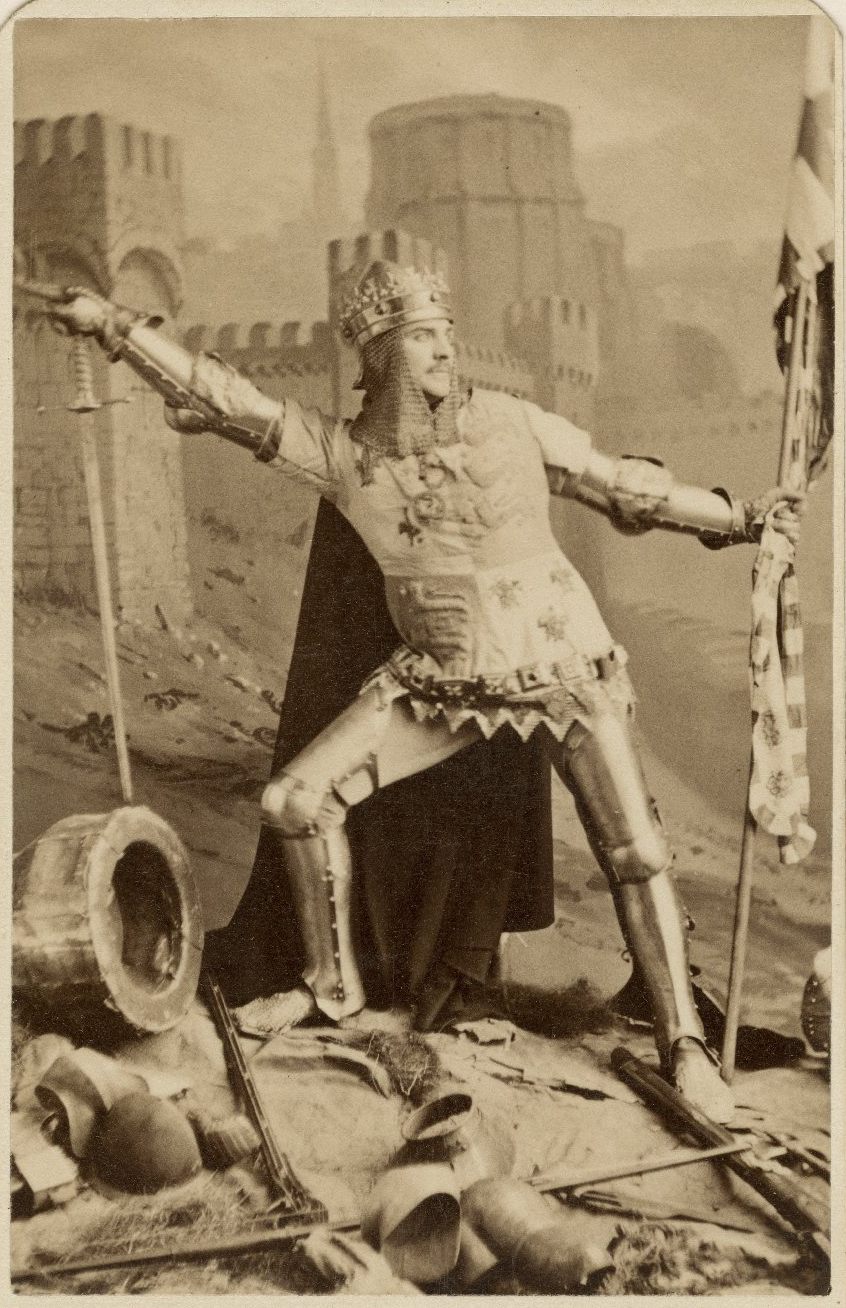
George Rignold as King Henry V. (Photo: Folger Shakespeare Library/ CC BY-SA 4.0)
The actors, accustomed to being animated and lively on stage, had to take all of that vitality and channel it into a moment of stillness for each photo. The poses and facial expressions suggest great drama, but without movement and vocals they remain suspended, as an intake of breath before a line is delivered.
Nevertheless, what these images lack the sound and motion, they make up for it in sheer melodrama. On the 400th anniversary of Shakespeare’s death, regard with wild-eyes and clutched hands these most theatrical and entertaining portraits.

Ellen Terry photographed in London as Lady Macbeth, c. 1888. (Photo: Folger Shakespeare Library/CC BY-SA 4.0)
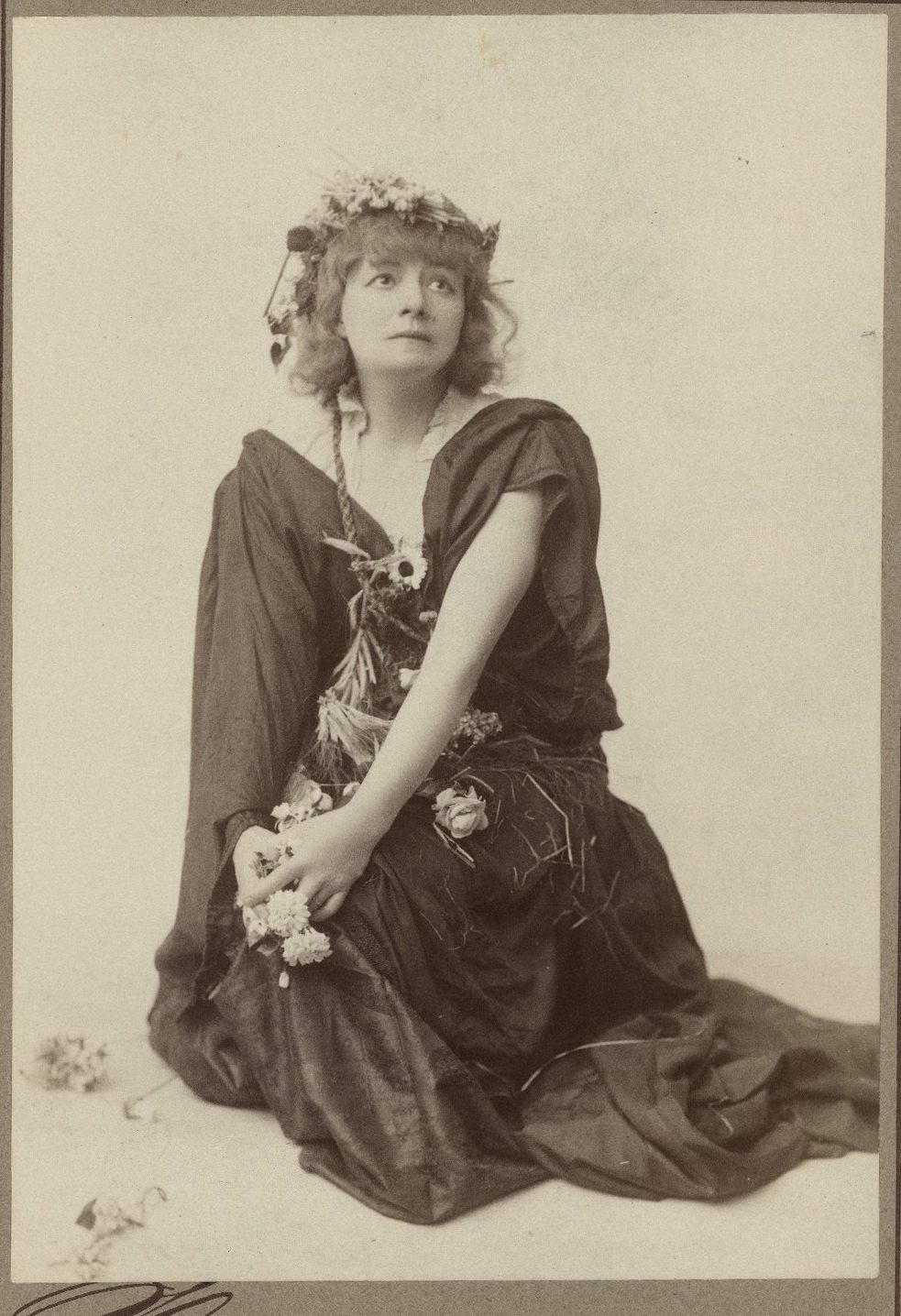
Helena Modjeska as Ophelia. (Photo: Folger Shakespeare Library/CC BY-SA 4.0)
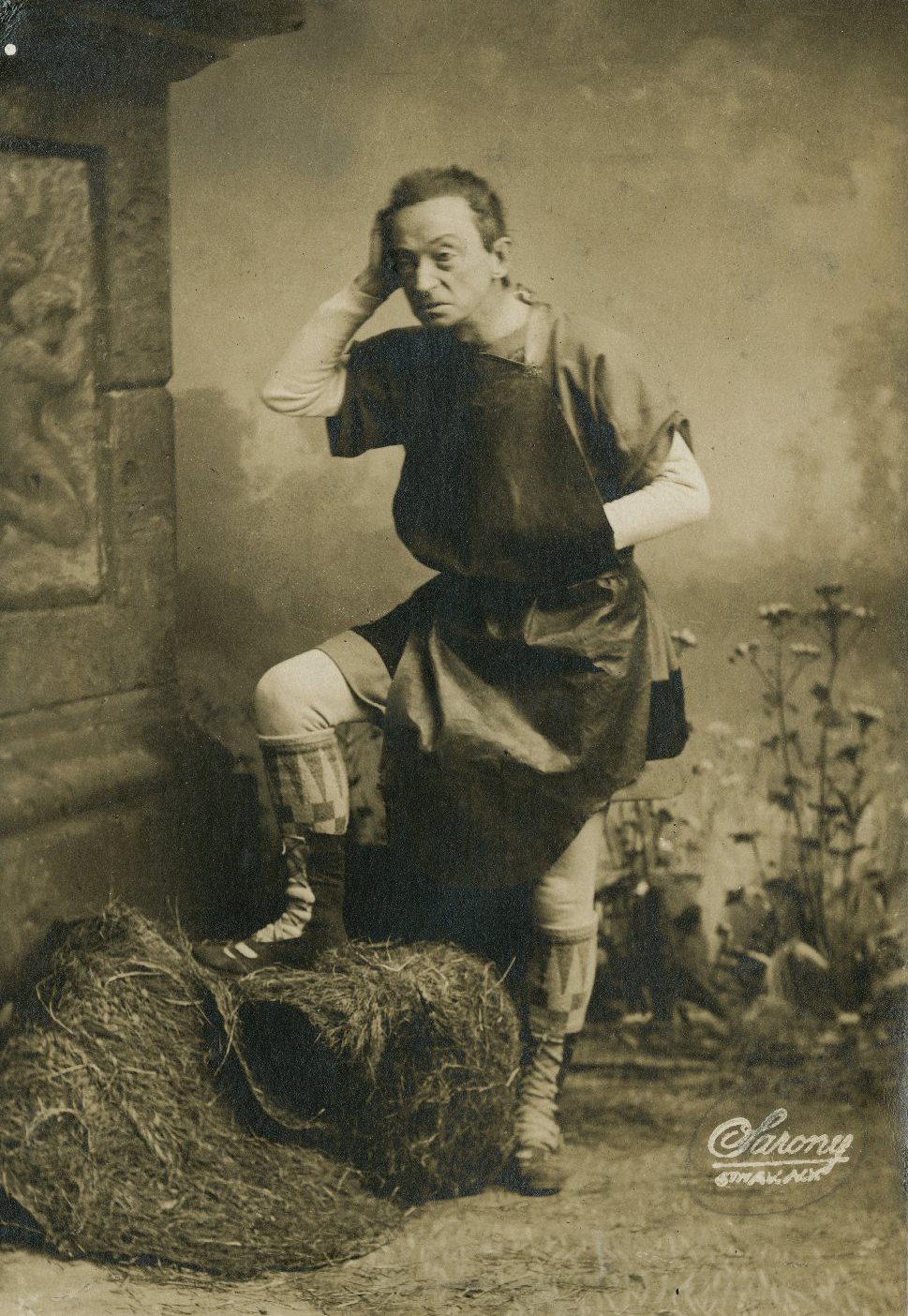
James Lewis as Bottom from A Shakespeare’s Midsummer Night’s Dream. (Photo: Folger Shakespeare Library/CC BY-SA 4.0)

Ferdinand Bonn as Macbeth. (Photo: Harvard Theater Collection/Public Domain)
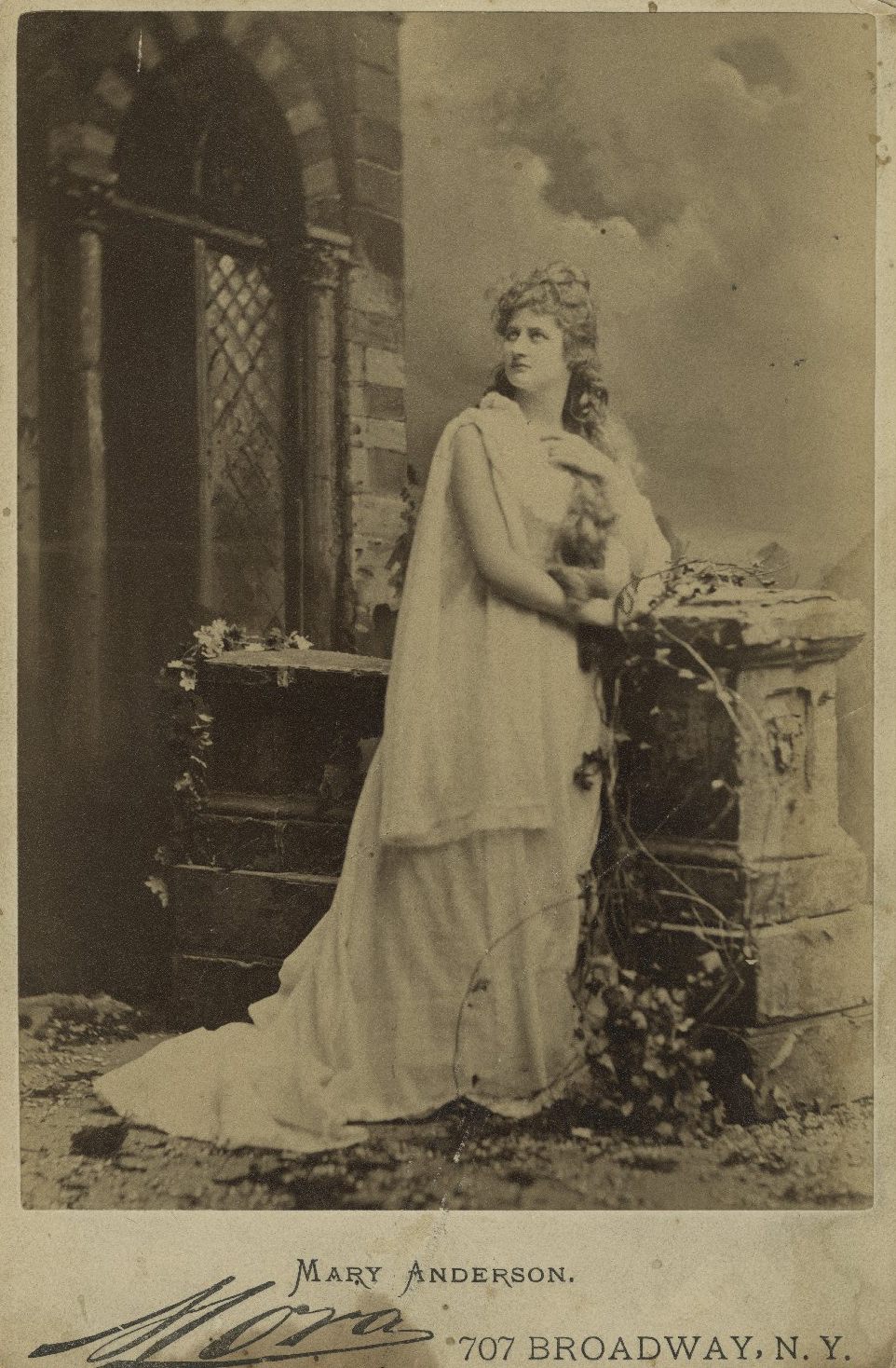
Mary Anderson as Juliet. (Photo: Folger Shakespeare Library/CC BY-SA 4.0)
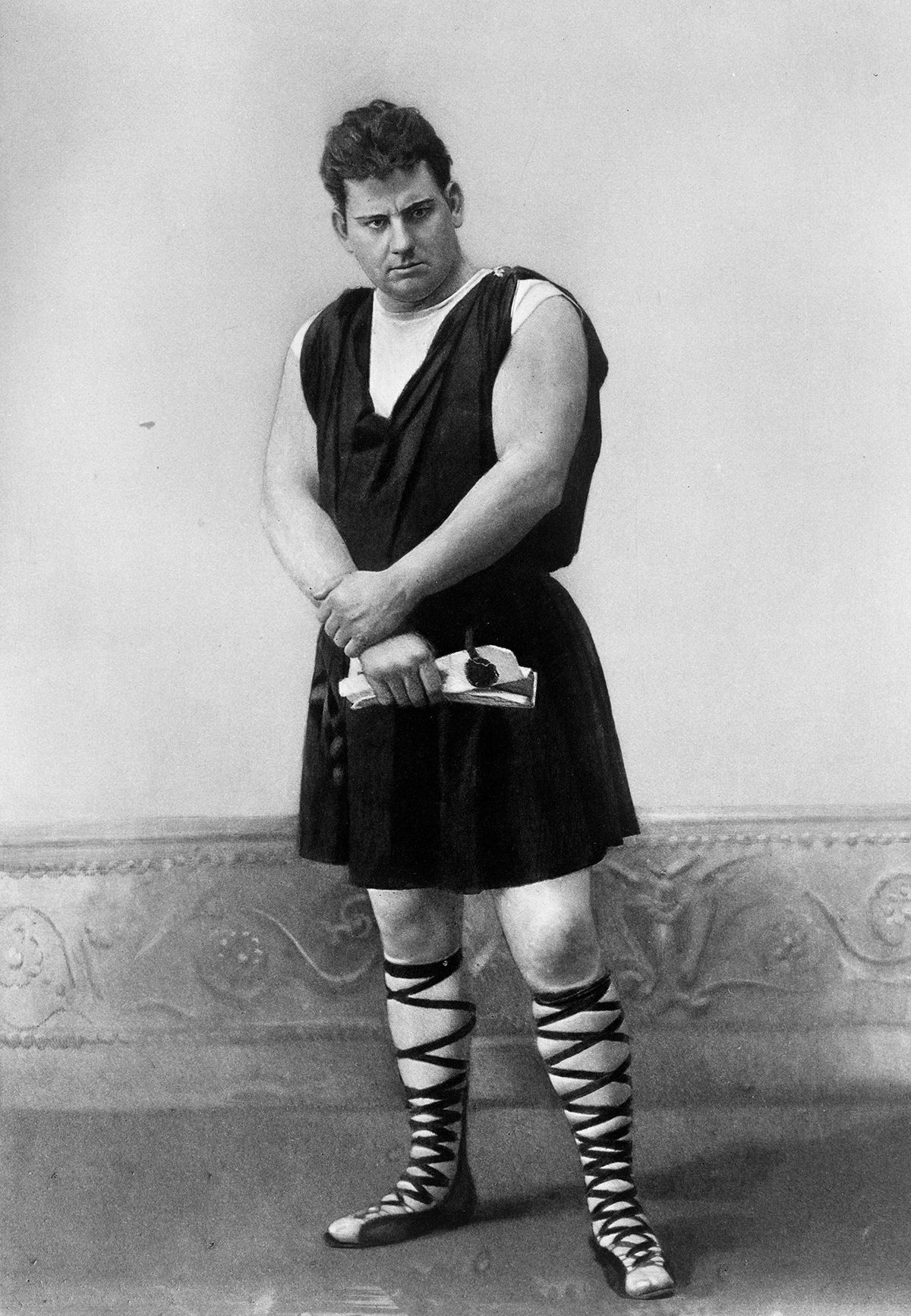
Robert Downing as Marc Antony in Julius Caesar, 1889. (Photo: Library of Congress/LC-USZ62-137942)

Edith Wynne Matthison as Portia in The Merchant of Venice. (Photo: Folger Shakespeare Library/CC BY-SA 4.0)



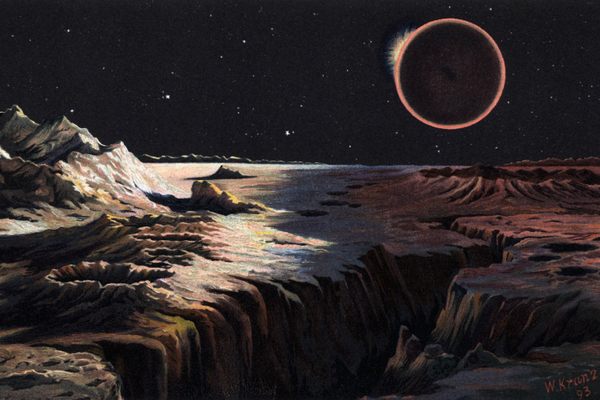
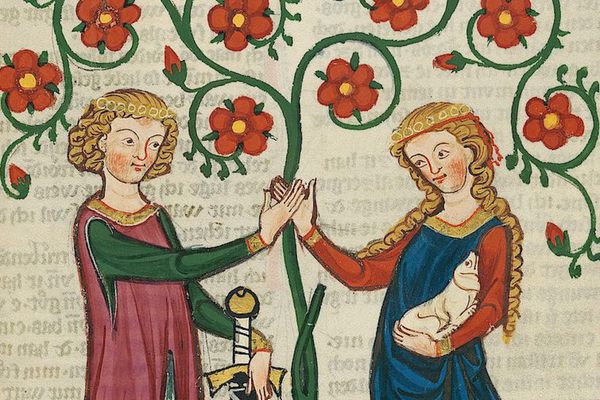





Follow us on Twitter to get the latest on the world's hidden wonders.
Like us on Facebook to get the latest on the world's hidden wonders.
Follow us on Twitter Like us on Facebook